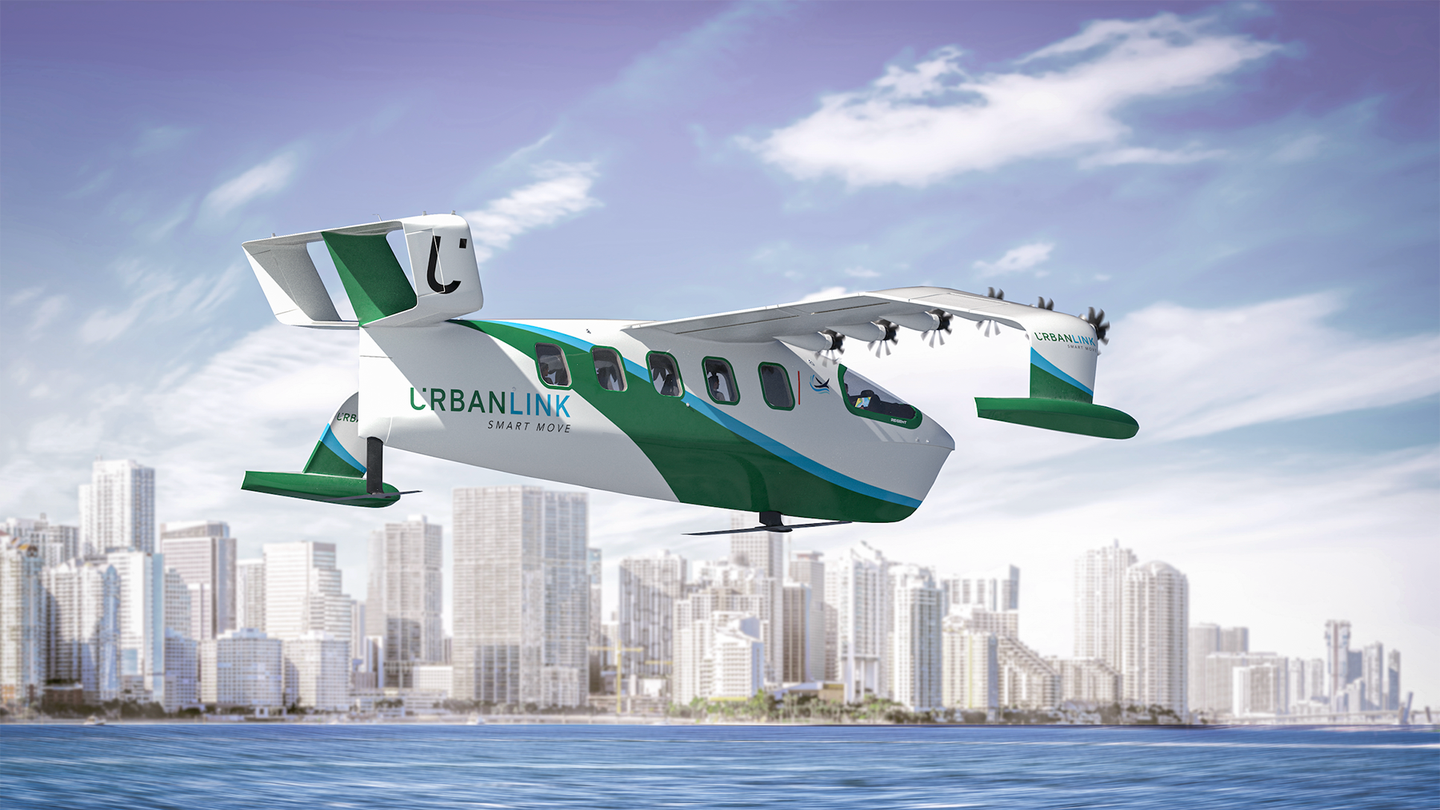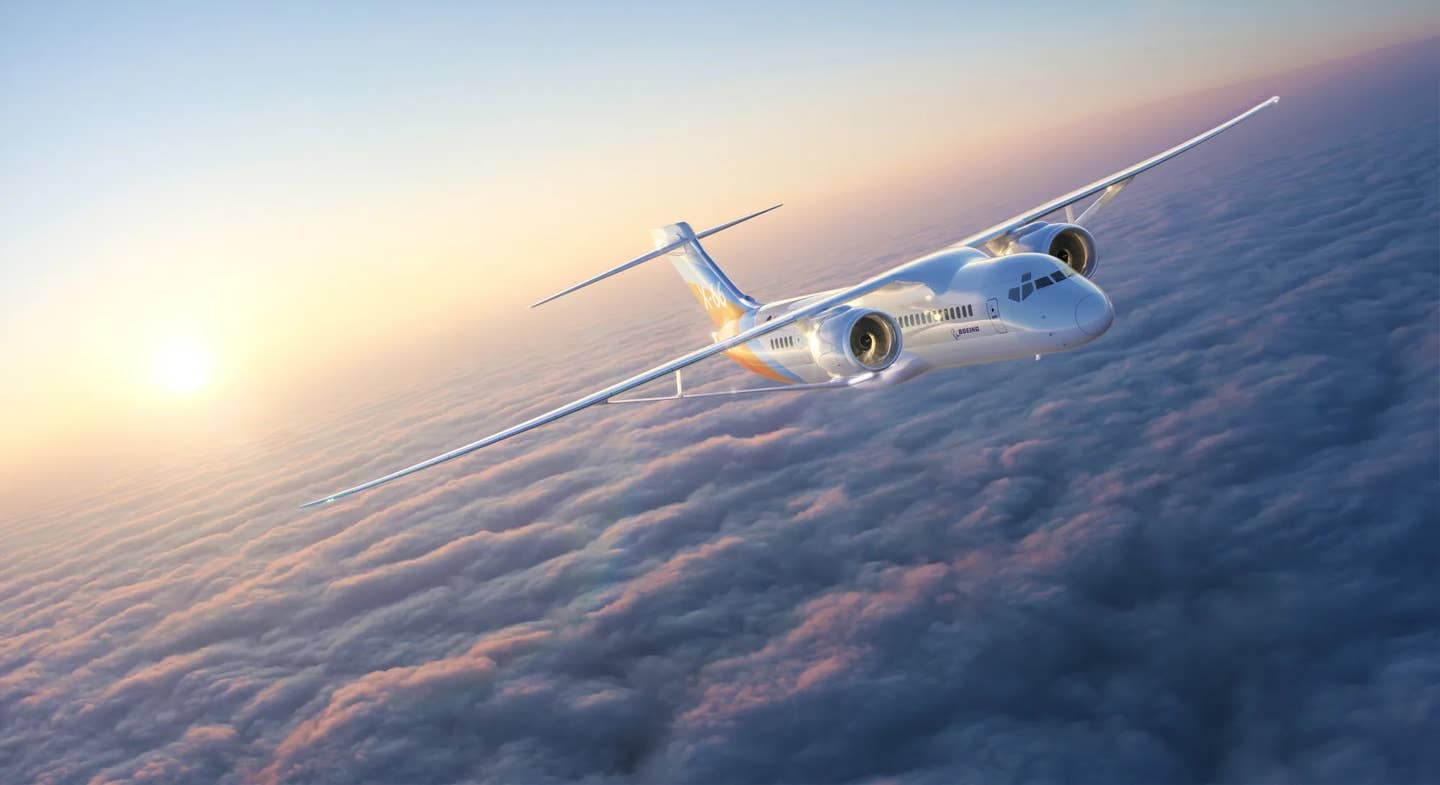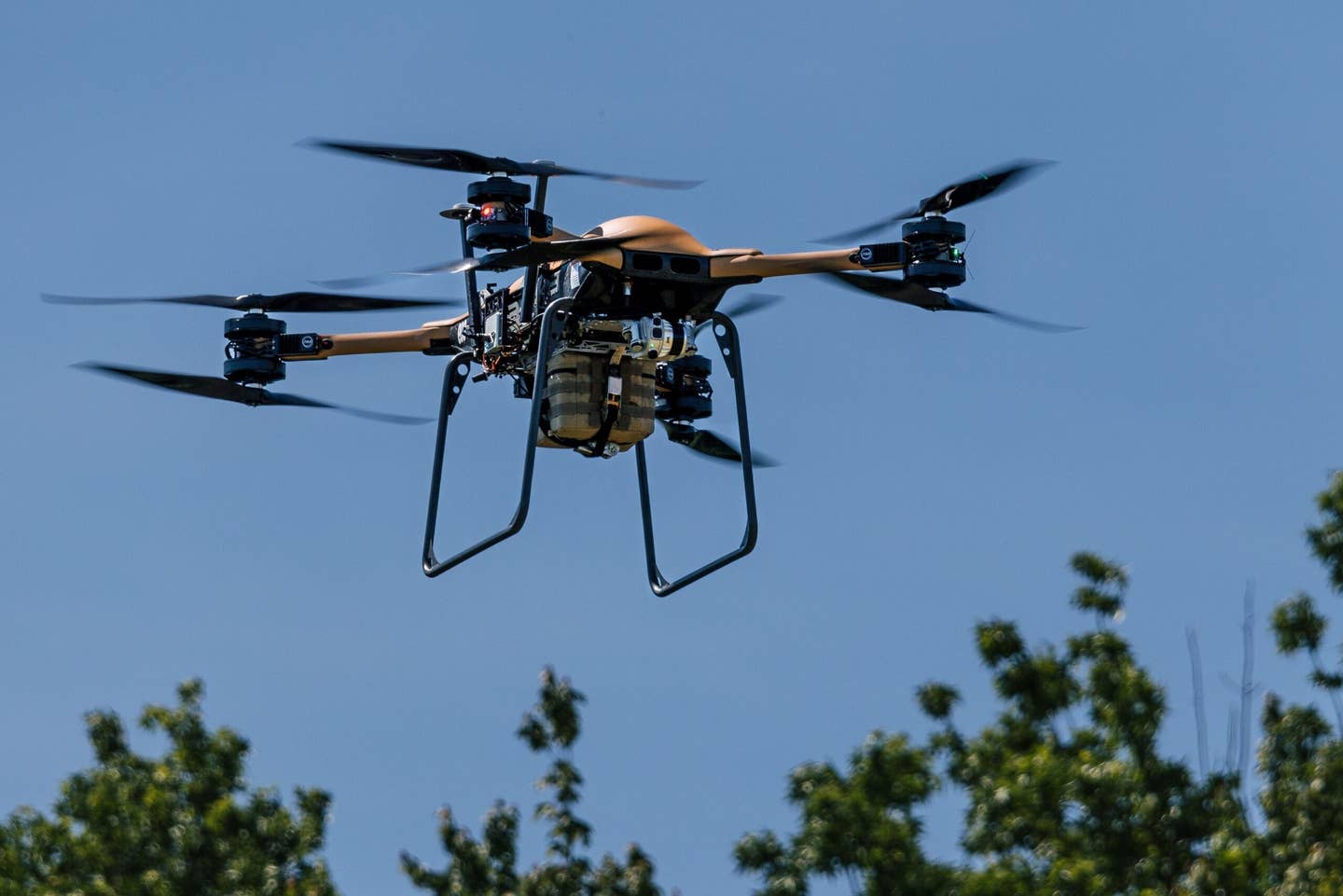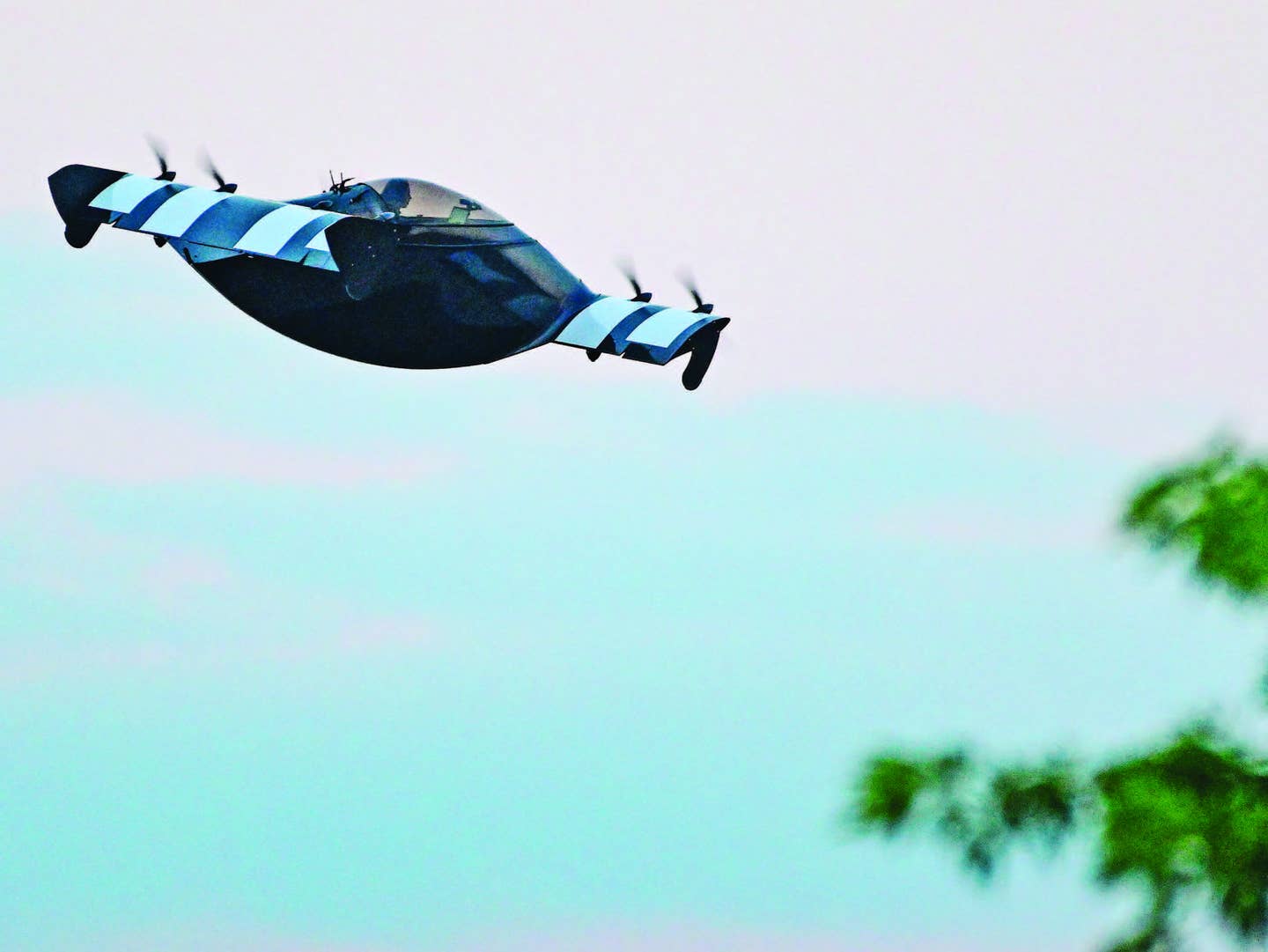Electric Seagliders Are Coming to Florida and Puerto Rico
Operator UrbanLink Air Mobility agrees to purchase 27 electric seagliders from manufacturer Regent Craft.

Regent’s electric seaglider could take to the skies above Miami and San Juan, Puerto Rico, as soon as 2027. [Courtesy: UrbanLink Air Mobility]
South Florida and Puerto Rico may be some of the first regions to launch what could be the world’s first all-electric seaglider.
Fledgling advanced air mobility (AAM) operator UrbanLink Air Mobility on Wednesday announced an order of 27 electric seagliders from Regent Craft, adding to a portfolio that already includes 20 electric vertical takeoff and landing (eVTOL) regional jets from German manufacturer Lilium.
The seagliders are intended to bolster existing transport networks in Miami and San Juan by adding mobility along the coasts, the partners say. They will use existing dock infrastructure and according to UrbanLink could serve as many as 4.3 million passengers per year, with operations commencing in 2027. Regent internal data predicts that 88 percent of Miami residents would be willing to use the vehicles as a transportation option.
UrbanLink will operate Regent’s flagship Viceroy, a zero-emission design built to carry 12 passengers at 180 mph (156 knots). At launch, the vehicle will fly routes up to 180 sm (156 nm) on a single charge, but Regent predicts its range will increase to 500 sm (436 nm) as electric battery technology improves.
Viceroy is designed to combine the speed of aircraft with the functionality and low operating cost of a boat. The craft flies in ground effect about 20 to 30 feet above the water, with forward and backward propulsion generated by propellers.
Interestingly, the model is actually defined as a maritime vessel and will be regulated by the U.S. Coast Guard, with FAA technical support. Viceroy operators will be maritime captains, and the vehicle’s only controls are boat controls. Certain maneuvers such as landing are aided by a proprietary autonomous flight control system.
Viceroy first flew in 2022 and could begin crewed test flights by year’s end after the Coast Guard last month approved seaglider prototype testing in Rhode Island.
For UrbanLink’s purposes, Viceroy will complement the Lilium Jet, which it also intends to fly in South Florida and Puerto Rico.
“This order perfectly complements our previous commitment to electric sea vessels, all of which will seamlessly integrate with our all-electric eVTOL jets, expanding our reach and enhancing connectivity across the regions we serve,” said Ed Wegel, founder and chairman of UrbanLink.
According to Regent, the firm has secured more than 600 seaglider orders from airline operators, with customers including United Airlines collaborator Mesa Airlines and Southern Airways Express.
The company is backed by Lockheed Martin, Japan Airlines, Hawaiian Airlines, and other investors and has raised a total of $90M to support aircraft development. It views coastal passenger transport as the biggest opportunity for its flagship model but is also interested in sightseeing, cargo delivery, offshore logistics, maritime patrol. Lockheed additionally is evaluating it for defense applications.
Like this story? We think you'll also like the Future of FLYING newsletter sent every Thursday afternoon. Sign up now.

Sign-up for newsletters & special offers!
Get the latest FLYING stories & special offers delivered directly to your inbox






